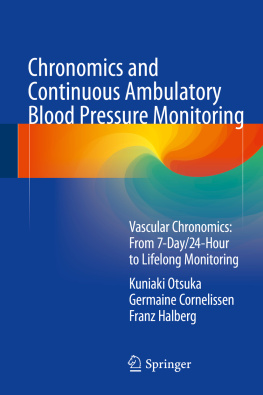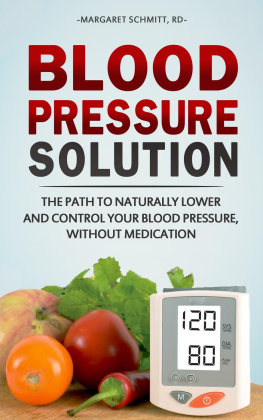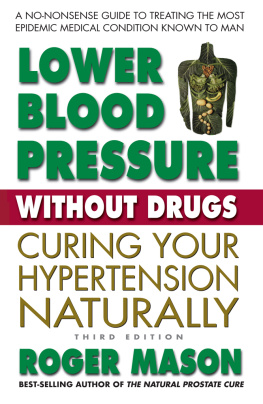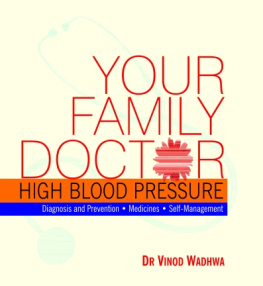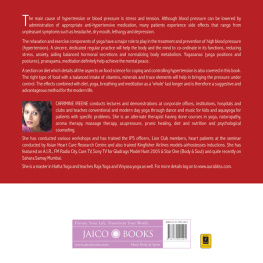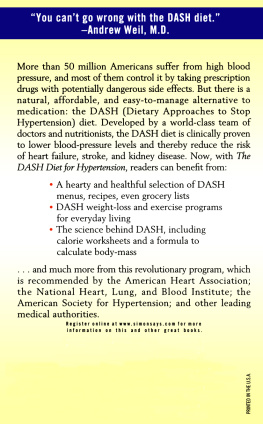1. From Chronobiology to Chronomedicine: Early Days
Abstract
Franz Halberg (19192013) developed chronobiology and founded the field of chronomedicine including chronomics, chronoastrobiology, and chronobioethics. He coined the term circadian, after documenting that biologic rhythms tip the scale between health and disease and even between life and death. His work is summarized in his over 3600 scientific publications, in cooperation with colleagues from around the world. Progress of the chronomedicine exactly depends on his history of research. Thus, herein we introduce him briefly.
Beyond blood pressure and heart rate, the biomedically interested scientist will find an all-too-brief introduction to what students of sociology, biology, and medicine regard as a new science from the molecular to the sociologic and the epidemiologic time structure of life. We show that the large extent of cardiovascular variations can be exploited in the form of dynamic and other endpoints derived for each individual, for use in preventive as well as curative health care.
In approaching any problem, stress and strain in particular, it is tempting to use a norm as an initial single value or a daily or yearly average and to refer to it as a baseline. Over 60 years ago, Halberg wrote [], citing Zbigniew Z. Godlowski (J. Endocrinol 1952; 8: 102): it is not surprising to encounter reference to the great variation in circulating eosinophil counts, even in normal conditions, which makes it impossible to establish a base-line for the study of the physiopathology of these cells. It is indeed impossible to establish a base-line, at least a straight base-line, for eosinophil counts in normal conditions, because there is none in normal conditions. Nor are there baselines for other variables, except in the wishful thinking of too many investigators, including the best, such as Hans Selye, as we will demonstrate. As of March 2012, 63,740 publications referring to circadian attest to the ubiquity of these variations; there are many extracircadian changes as well, all constituting control information to anything we do along the scale of time. We appeal to all authors and editors to debunk baselines and to use, whenever available, historical and concomitant controls in science (and art, most broadly in all humanities).
An earlier paper by Halberg was labeled by the editor of the Journal of Gerontology A : Biological Sciences and Medical Sciences Future history. This title applies to this historical sketch; it ends as an implied, here explicit recommendation for the future, to account for a complementary system of cosmic cycles in and around us. This ever-present transdisciplinary spectrum will have to be considered in focus upon anything singled out as a partial system, as the study of time structure in living matter (chronobiology) investigated in biological data aligned with space and other weather series (by chronomics). The invariably present complementary system, a sphere of the mind (nos), Vernadskys nosphere, undergoes aeolian cosmic cycles mirrored in human affairs, as in living matter broadly, in the chronousphere (Gk chronos, time+Attic Gk nous, mind+Gk sphairos, sphere, globe), the nonstationary glocal (global and local) diversity in space and time of the universe which happens to be our home.
We qualify Pierre Charron (15411603), who wrote that The true science and true study of man is man (Trait de la Sagesse: Preface du premier Livre), and Alexander Pope (16881744), who wrote The proper study of Mankind is Man (An Essay on Man, Epistle II), adding, of course, the need for the backtracking of human periodicities over an archaeon to the cosmos. This sketch, originally written for a meeting on the history of chronobiology, was later extended in response to a request by Dr. Botond Buda for Folia anthropologica.
1.1 From Chronobiology to a Unified Science
Living matter is variable in time and space, as is weather. The more constant we try to make our proximal environment, the better we recognize seemingly spontaneous variability that reflects the changes around us, near and far. I describe a journey that started with counts of circulating blood cells and action potentials of our brain and the then-surprising periodicities even in RNA and DNA formation and led to the recognition of the drastic importance of timing, among very many other stimuli, exposure to noise first (and X-irradiation and drugs afterward) in the 1950s. What I had then dubbed circadian stage made the difference between ~70 or 80 % death and ~70 or 80 % survival from the same drug, ouabain, or an adrenocortical inhibitor, respectively, or other stimulus. Eventually, I learned that extracircadian rhythms also needed to be mapped; infradians can determine whether we die suddenly because of cardiac malfunction, by our own hand or by that of others. The cycles of the cosmos are found transdisciplinarily and are a challenge as we try to account for them beyond the molecule, at the levels of atom and quantum, with respect to the ever-present associations with space weather.
A perspective in space gains from new complementary imaging tools, chronobiology and chronomics leading (this is humanitys challenge) to chronobioethics. In having fun toward that goal, we can use a set of linear-nonlinear cosinor methods that, whenever possible, should be applied glocally in time and space: nonstationarities are found not only in geo- (and cosmo-)graphy but also in time, in each case requiring the analyses of the longest available time series as a whole (globally) and in sections varied systematically in length (locally). The resulting atlas, when completed, will, we trust, serve a unified science, providing new preventive and therapeutic marker endpoints for variability anomalies among which coexisting multiple circadian and multiple about-7-day cycles are already mapped and await application for strain relief during wellness. We resonate with the solar flares about 5 months and the solar wind speeds over 1-year-long periods, as well as with decadals (about 10 years), didecadals (about 20 years), paratridecadals (about 35 years), and transsemicentennials (about 600 years) of space weather. These contribute to more than blackouts in and around us, including war and terrorism. The study of space weather is thus relevant to human affairs, including an effect on our mood, long anticipated by Alexander Leonidovich Chizhevsky and indirectly documented by Joseph Vallot, validated herein in the language of shared frequencies and by remove-and-replace approaches whose application has just begun.
1.2 Variability: Foe in 19481949, Friend Thereafter
Late in 1948, when I arrived at the Peter Bent Brigham Hospital of the Harvard Medical School in Boston, word was that the adrenocortical hormone cortisone, isolated by Edward C. Kendall of the Mayo Clinic (manufactured by the Merck Co.s Lewis H. Sarett, the likely source of information) given by Philip S. Hench to patients with severe rheumatoid arthritis [ shows that 1 g of cortisone was effective in inducing a relative eosinopenia in the ascending stage of the circadian rhythm in eosinophil count in the mice investigated (when a spontaneous decrease in count was most unlikely to occur).

